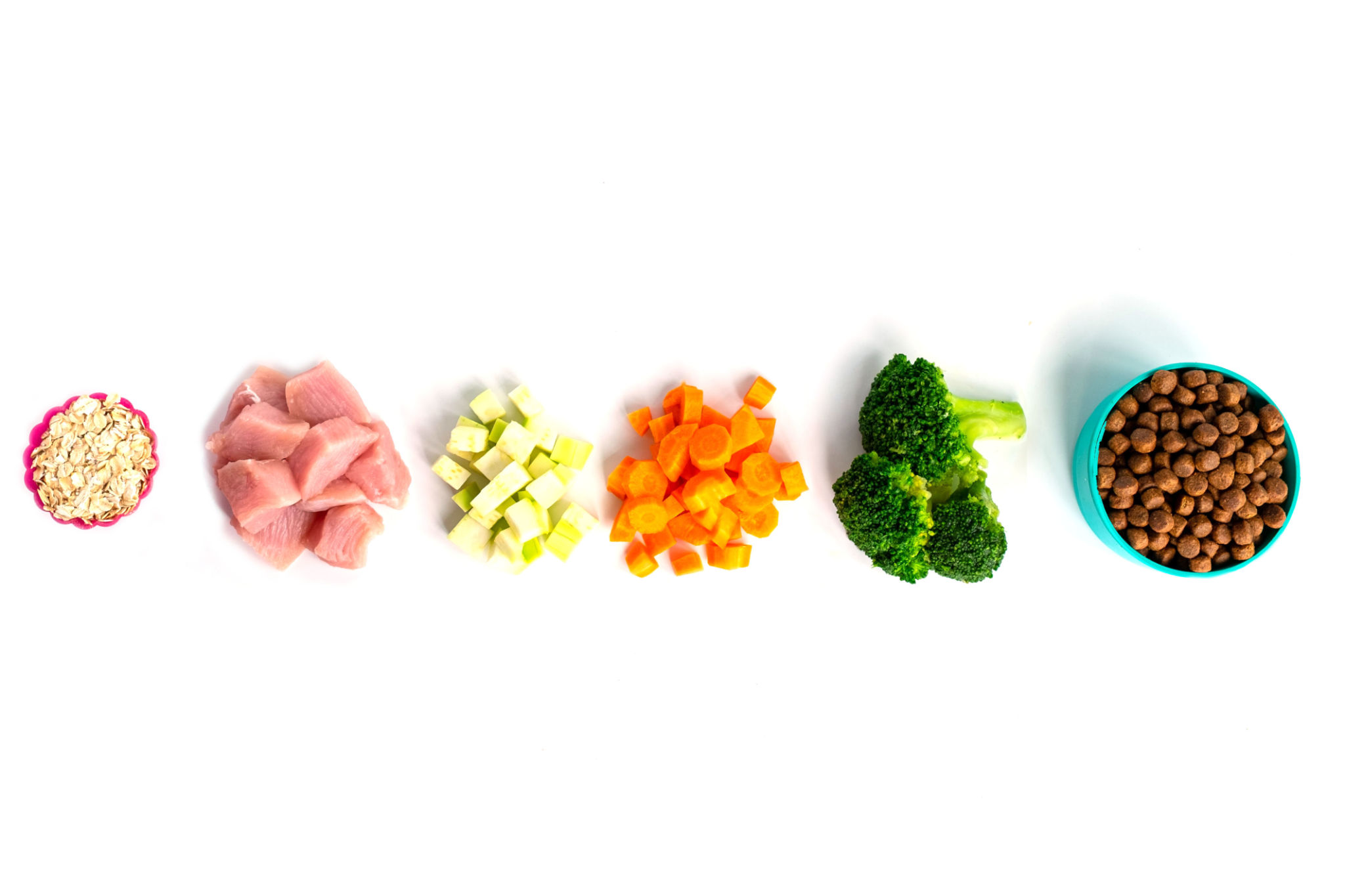Comparing Pet Food Brands: What to Look for in Quality Products
Vl
Understanding the Basics of Pet Nutrition
When it comes to choosing the right pet food, understanding basic nutrition is essential. Pets require a balanced diet rich in proteins, fats, carbohydrates, vitamins, and minerals to maintain optimal health. The first step in comparing pet food brands is to check the ingredient list on the packaging. Ingredients are usually listed in order of weight, so the first few ingredients are the most crucial.
Look for pet foods that list a specific protein source, such as chicken or beef, as the first ingredient. Avoid products that use vague terms like "meat by-products" or "animal derivatives," as these can be low-quality fillers. A high-quality pet food will also include healthy grains or vegetables as part of a balanced diet.

The Role of Nutritional Standards
Nutritional standards are another important factor to consider when comparing pet food brands. In many countries, pet foods must meet certain guidelines set by organizations like the Association of American Feed Control Officials (AAFCO). These standards ensure that the food provides a complete and balanced diet for your pet.
Check the packaging for statements such as "meets AAFCO nutritional standards" or "complete and balanced." These indicate that the product has undergone rigorous testing and meets established nutritional benchmarks. Choosing a brand that adheres to these standards helps ensure your pet receives all the necessary nutrients.

Identifying High-Quality Ingredients
High-quality pet food brands typically use whole ingredients that are easily recognizable. Look for foods that contain whole proteins, fresh vegetables, and whole grains. These components provide essential nutrients and are easier for pets to digest compared to processed fillers.
Another indicator of quality is the presence of omega-3 and omega-6 fatty acids, which support skin health and a shiny coat. Natural preservatives like vitamin E and C are preferable to artificial preservatives such as BHA or BHT, which some studies suggest may be harmful over time.
Grain-Free vs. Grain-Inclusive Diets
The debate between grain-free and grain-inclusive diets continues to be a hot topic among pet owners. While some pets may have sensitivities to grains, it's important to note that grains can be an excellent source of energy and fiber. It's essential to consider your pet's specific dietary needs when choosing between these options.

Consideration for Special Dietary Needs
Some pets may have special dietary requirements due to allergies, age, or health conditions. If your pet falls into this category, select a brand that offers specialized formulas designed to address these specific needs. Consult with your veterinarian to determine the best dietary plan for your pet.
For instance, senior pets might benefit from foods with glucosamine for joint health, while pets with food allergies may require limited ingredient diets or hypoallergenic formulas. Tailoring your choice to your pet's unique needs can significantly impact their overall well-being.
Reading Customer Reviews and Recommendations
While analyzing labels and ingredients is crucial, it's also helpful to read customer reviews and seek recommendations from other pet owners or veterinarians. Reviews can provide insights into how well pets respond to certain brands and any issues other owners have experienced.
Join online communities or forums where pet owners share their experiences with different brands. This can be an invaluable resource when determining the best options for your furry friend.

Final Thoughts on Choosing Pet Food Brands
Selecting the right pet food involves careful consideration of ingredients, nutritional standards, special dietary needs, and customer feedback. By taking the time to evaluate these factors, you can ensure your pet receives the highest quality nutrition tailored to their unique requirements.
Remember that transitioning to a new food should be done gradually to avoid digestive upset. Introduce the new brand slowly by mixing it with your pet's current food over several days, gradually increasing the proportion of new food.
